Why Crossdressing Is Often Misunderstood: From A Crossdresser View
Why do you crossdress? I crossdress because I like seeing myself unrestricted by traditional male clothing.
Many friends I know do the same – but all of us agree: Crossdressing is more than just dressing up.
It’s also more than just defying established rules. What is it then? It’s the limitless exploration of self-expression and identity.
Alongside this fact, are other various motivations that urge us to crossdress.
It can be a performance art (drag, cosplay) or a bridge to realizing one’s gender (transwomen, femboys). Is having motivation a need in crossdressing though?
No, it’s not.
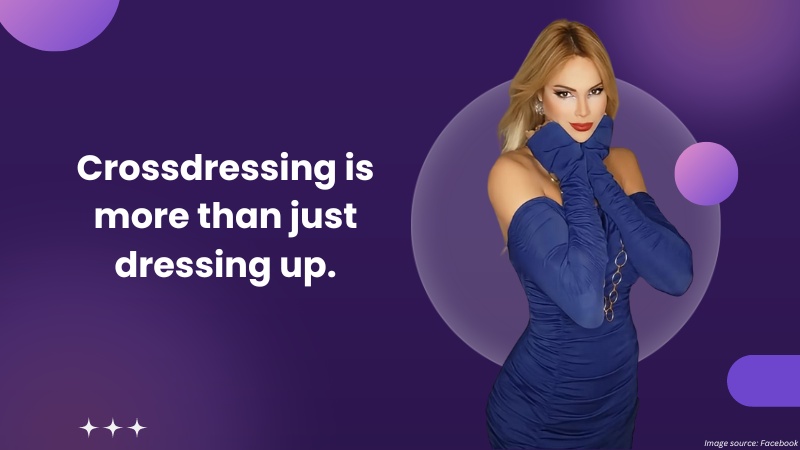
Even if we have an array of why we crossdress, many still prefer to stick to their assumptions.
Sure, we can blame old stereotypes and limited knowledge for these misconceptions.
But we are willing and open to explaining anything to them — only they don’t want to listen.
It’s easier for them to continue assuming than get to know us. They see our clothes and automatically define our sexuality.
Suddenly, they are sure of how we behave and what morals we hold. These assumptions are why crossdressing is misunderstood then and now.
An Overview of the Evolution of Crossdressing
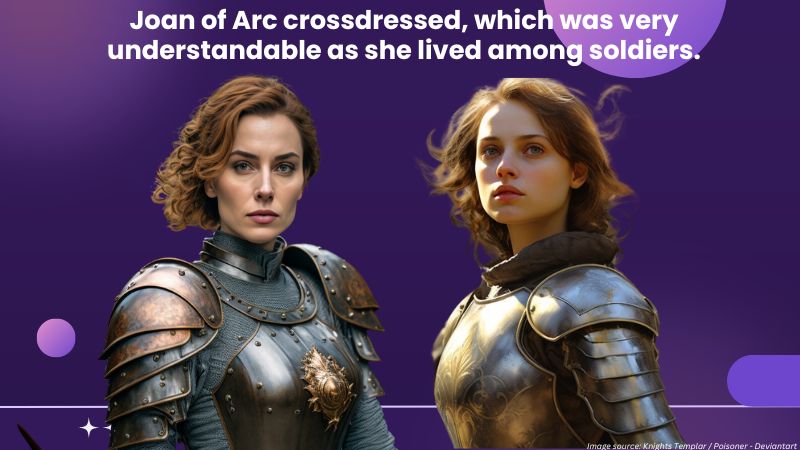
For an activity that defies traditions, crossdressing sits at quite a few pages of history. It’s in various eras and stitched in countless cultures.
I’ll start with one of the greatest civilizations to exist: Ancient Greece.
Aside from philosophy, math, and medicine, it’s thanks to the Greeks that we have modern drama.
Religious and theatrical traditions spurred crossdressing in Ancient Greece. Where men played women’s roles in plays.
Plus, they also emulate the power of their gods to change gender.
Then the Renaissance — the transition from the Middle Ages to the modern era.
Where Joan of Arc, a peasant girl made history. She led the French army to win in 1429 against England trying to conquer France.
Joan of Arc crossdressed, which was very understandable as she lived among soldiers.
And yet, though a hero, France demanded she wear female clothing. Although doing so would do nothing for her.
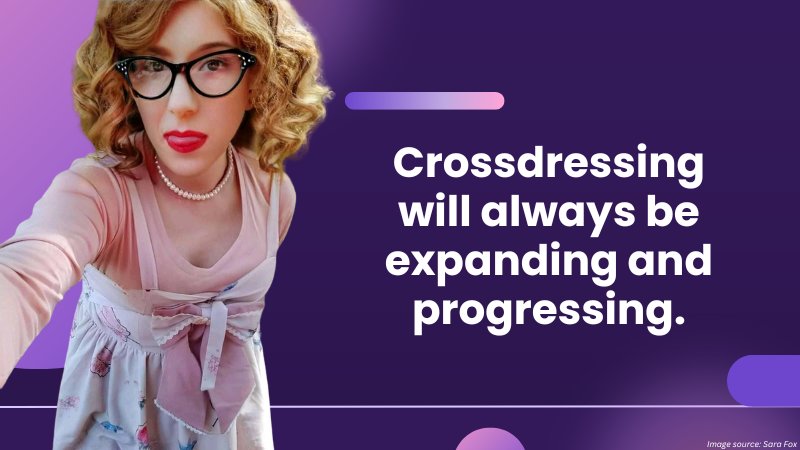
Then the 1920s flappers — female crossdressers who had fun and were not afraid to show it. They just enjoyed their freedom, but were labeled outrageous — even immoral. (See any similarities with how society sees us crossdressers today?)
Crossdressing will always be expanding and progressing. It has always been layered and thus requires nuanced comprehension.
It’s a patchwork of moments in time. The patchwork that paves the way for greater fluidity in how we express ourselves today.
Sure, society has often misunderstood or shied away from what it doesn’t fully grasp. There’s still a great gap today.
But we’ll continue to try and narrow that gap day by day.
The Psychology Behind Crossdressing
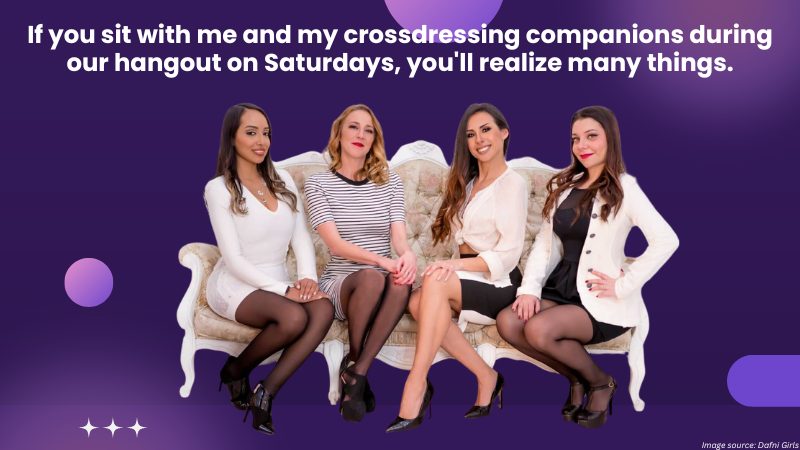
Let me come back to my question in the introduction. Why do you crossdress?
Why do I crossdress? Why do we crossdress?
If you sit with me and my crossdressing companions during our hangout on Saturdays, you’ll realize many things.
I for one, crossdress to explore and go over the boundaries of fashion.
My transgender friend started crossdressing to uncover her identity.
Some drag queens in my circle exclusively crossdress when they’re on stage.
Others deliberately crossdress because it gets a rise out of their conservative family.
All crossdressers in my friend group crossdress for different reasons.
But all these reasons have one similarity: The need to liberate one’s self.
I want to transcend fashion expectations. Transgender-identifying colleagues want to free themselves from their assigned gender at birth.
Drag queens want to perform without holding back. Others want to free themselves from long-held family pressures.
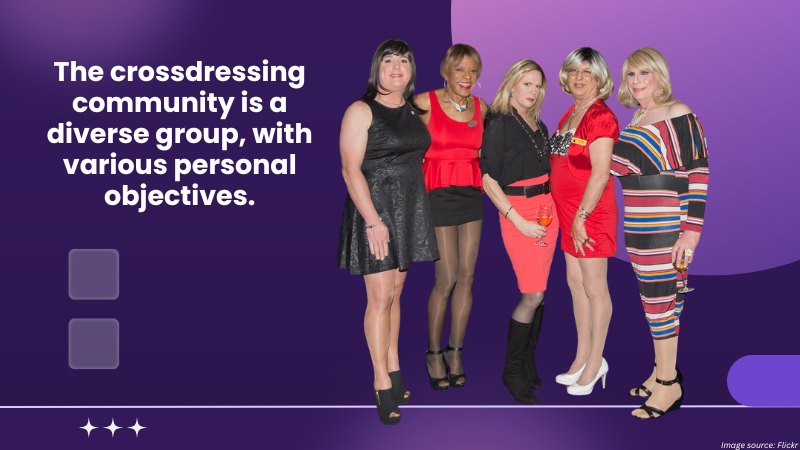
There’s also another issue that I want to address. It’s true some do it for sexual reasons.
But lumping all crossdressers in one bin is incredibly insulting. Chalking crossdressing as pure kink or fetish?
That notion is not only oversimplified. It stands in the way of acceptance and gives us unnecessary hurdles to jump over.
The crossdressing community is a diverse group, with various personal objectives.
So the next time you hear someone’s a crossdresser, don’t assume that they do it as a form of foreplay or BDSM play.
A crossdresser is simply someone who wears clothes expected for the opposite gender.
It’s just someone in search of something more than what we’re taught we can do and think.
Know the difference between transgender people and crossdressers.
The Influence of Crossdressing on Pop Culture
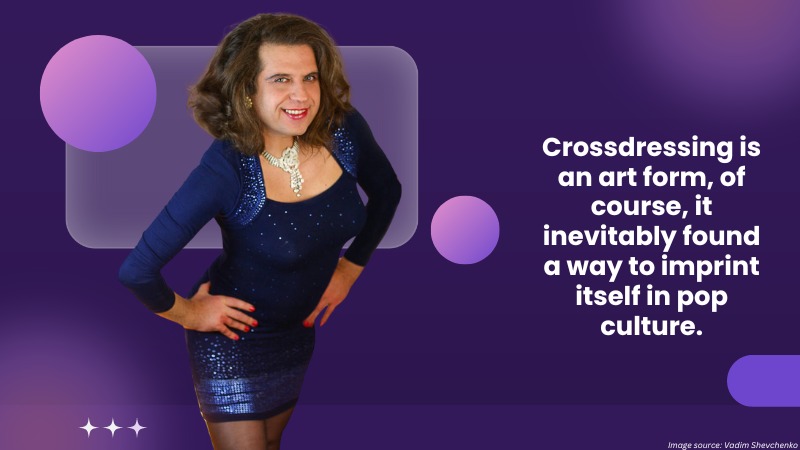
Crossdressing is an art form, of course, it inevitably found a way to imprint itself in pop culture.
Art is a human’s expression of imagination, creativity, and skill.
And who embodies art more than those who dedicate their lives to finding ways to express their true selves?
Movie Industry
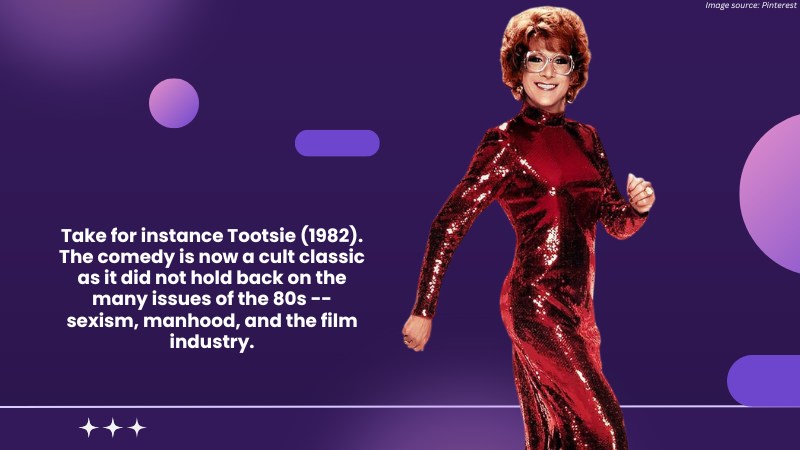
Take for instance Tootsie (1982). The comedy is now a cult classic as it did not hold back on the many issues of the 80s — sexism, manhood, and the film industry.
I also remember watching Boys Don’t Cry (1999) and crying. Finding out it’s based on a true story of a FtM transgender makes it even more heartbreaking.
I would like to say that pop culture portrays crossdressing in its authentic light. But that’s not the case — it’s more of a mix bog.
Often, crossdressing is for slapstick comedy, where some bits are funny, but some are just not.
Fashion and Music
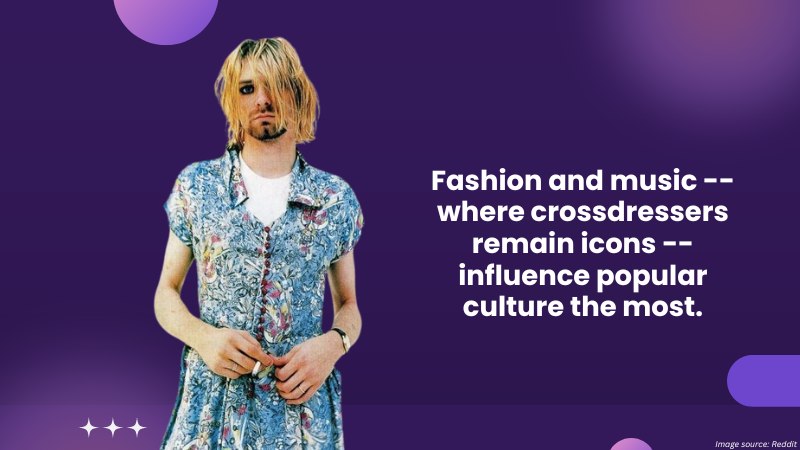
Fashion and music – where crossdressers remain icons — influence popular culture the most.
So when alt-rock musician Kurt Cobain wore dresses and other “fem” clothing, it was a big, big thing.
So why’s he wore them? Kurt said, “I like to wear dresses because they’re comfortable.
Men wearing dresses isn’t controversial.” That’s why I find it bonkers that crossdressing is still an issue for some today.
Actually, most hard rock bands would wear women’s garbs for their shows.
Robert Plant (Led Zeppelin), David Bowie (Tin Machine), Bon Scott (AC/DC) – there are so many of them that I can list at least 10 more.
Some took issue with what they wore, but charged it to their “artistry.”
And so it will make you wonder… why can’t today’s society look at us for our crossdressing artistry and not their stereotypes?
Drag and Cosplay
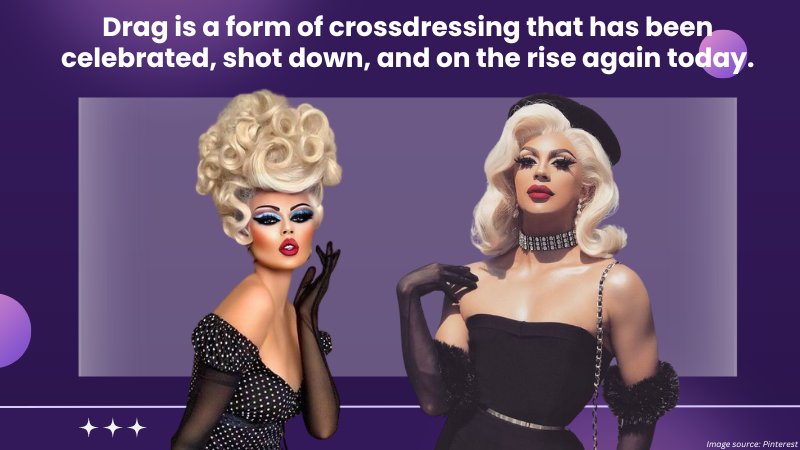
Would I dare forget those who keep crossdressing in the limelight? Drag is a form of crossdressing that has been celebrated, shot down, and on the rise again today.
Through drag, many see and appreciate the effort we put forth in our presentation.
They see our labor to achieve a presentation that imitates and respects the female display.
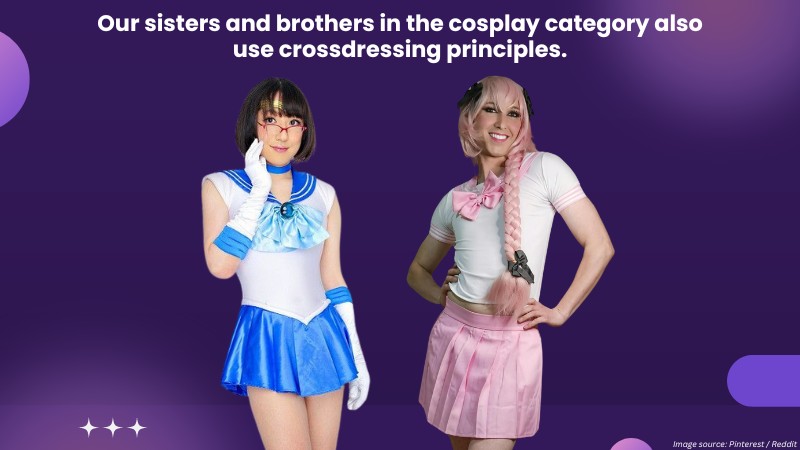
Our sisters and brothers in the cosplay category also use crossdressing principles.
There are more female characters to choose from, but this only makes costume play more complicated for MtF cosplayers.
They don’t only have to stay true to their character design but also learn their feminine gestures and mannerisms.
But it’s thanks to their creativity that crossdressing becomes more normalized little by little.
The Intersectionality of Crossdressing
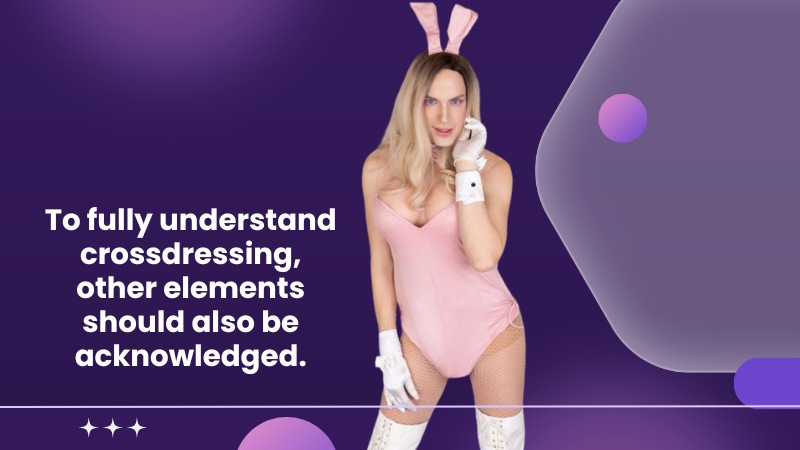
To fully understand crossdressing, other elements should also be acknowledged.
Misunderstandings stem not just because of a crossdresser‘s choice of wardrobe.
Often, it also includes other prejudices and social pressures. What do I mean by this? Here are a few facts:
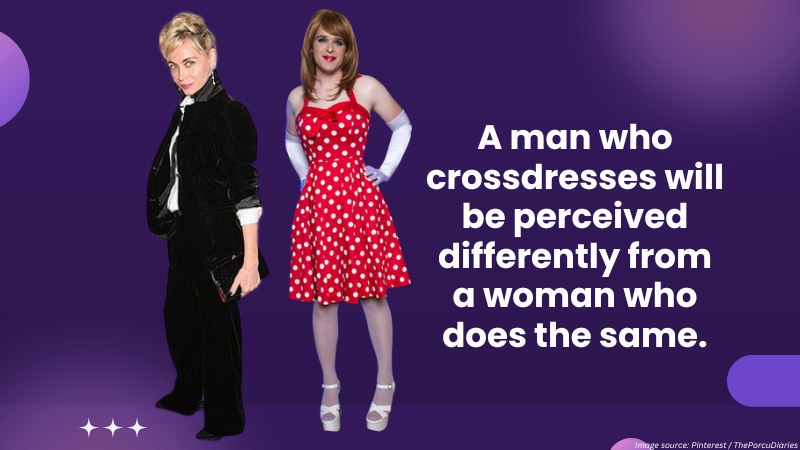
A man who crossdresses will be perceived differently from a woman who does the same.
(Women are more accepted and even celebrated: Woman Power, Girl Boss, etc.)
An unmarried crossdresser will be perceived differently from a married one.
(Assumptions that the marriage is about to collapse; selfish “father,” etc.)
A crossdresser from a socialite family will be perceived differently from an “average” crossdresser.
(“He’s just bored with all the money his family got and want to try new things.” vs. “He has lost it and just wastes his money.”)
The Grey Area of Prejudice
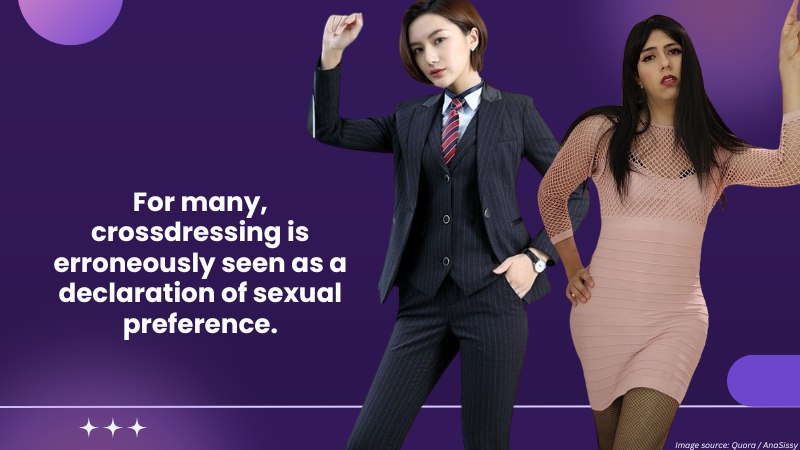
The intersection of prejudices is always tricky to navigate. Stereotypes and cultural misconceptions put one in a very disadvantaged position.
They’re not just judged for their gender expression but for the color of their skin as well.
And let’s talk about class. Not everyone can drop a small fortune on the latest silicone enhancements or haute couture.
But that doesn’t make their version of crossdressing any less valid, either. Style knows no socioeconomic boundary.
Then there’s sexuality. For many, crossdressing is erroneously seen as a declaration of sexual preference.
This couldn’t be further from the truth. Whether a queen loves a king or another queen (or maybe just their regal self),
it’s a separate chapter in the book of their life. It’s one that deserves to be read without assumptions.
Conclusion
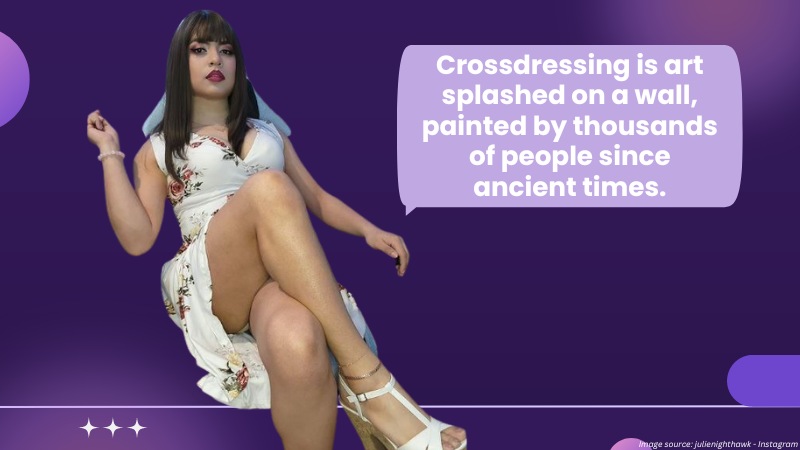
Crossdressing is art splashed on a wall, painted by thousands of people since ancient times.
It exhibits personal truths and cultural narratives. Yes, those of us who crossdress are often misunderstood,
but we didn’t just sit in the corner and moped, did we? We let everyone know it’s not a trend or a costume.
Our crossdressing is a heartfelt expression of our complete being.
I’m not a stranger to these misconceptions. Nor am I new to my fellow crossdressers,
trans friends, drag queens, and others’ boldness to step outside the conventional.
FAQs about Crossdressing
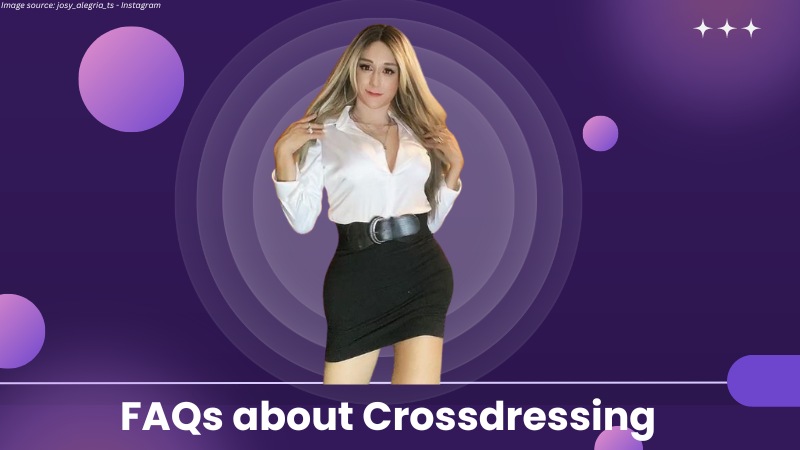
What is crossdressing and how does it relate to an individual’s gender identity?
It’s wearing clothing generally categorized as that of the opposite sex.
For some, it’s a means to showcase gender identity. It’s not always necessarily connected to gender identity.
Rather, it’s a personal preference or form of creative expression.
Can crossdressing be a form of self-expression or therapy?
Crossdressing can be a form of therapeutic release that enables you to explore your identity.
It can manifest as a refuge for creativity or become a tool to combat body dysphoria.
The act can be both liberating and affirming.
How can we educate ourselves and others about the complexities of crossdressing?
It begins with active listening and keeping open communication.
Curiosity is good as long as it’s respectful and will lead to empathy and understanding.
Engage with reliable sources. Attend seminars and workshops to learn.
Connect with advocacy groups that focus on gender diversity. Encourage inclusive conversations and challenge gender stereotypes.
- How Accepting Are Italian People of the Transgender Community?
- How to Embrace Authenticity as a Black Femboy Crossdresser.
- MTf Transgender Guide to Overcoming Transphobia and Transmisia
- How to Become a Feminine Man: Fashion & Personality
- Companions in Expression: The Role of Pets for Crossdressers
- Is it too late to have an MTF transformation/transition?
Established in 2009, We are a recognized manufacturer and seller of professional crossdressing products.
It is our aim to become not just the most creative manufacturer but also a very considerate seller, as we provide the best quality products for crossdressers all around the world.

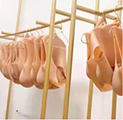







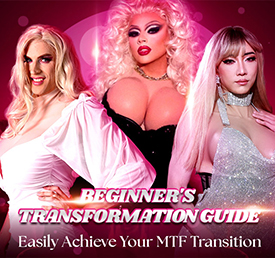








 Breast Forms
Breast Forms  Body Suit
Body Suit  Realistic Mask
Realistic Mask  Femini Girdle
Femini Girdle Hip & Butt Enhancement (8)
Hip & Butt Enhancement (8) Penis Prosthesis
Penis Prosthesis Fake Muscle
Fake Muscle Bikini
Bikini  Wig
Wig  Corsets
Corsets Course
Course service@roanyer.com
service@roanyer.com +8618652200711
+8618652200711 Facebook
Facebook YouTube
YouTube Twitter
Twitter Instagram
Instagram




